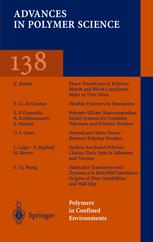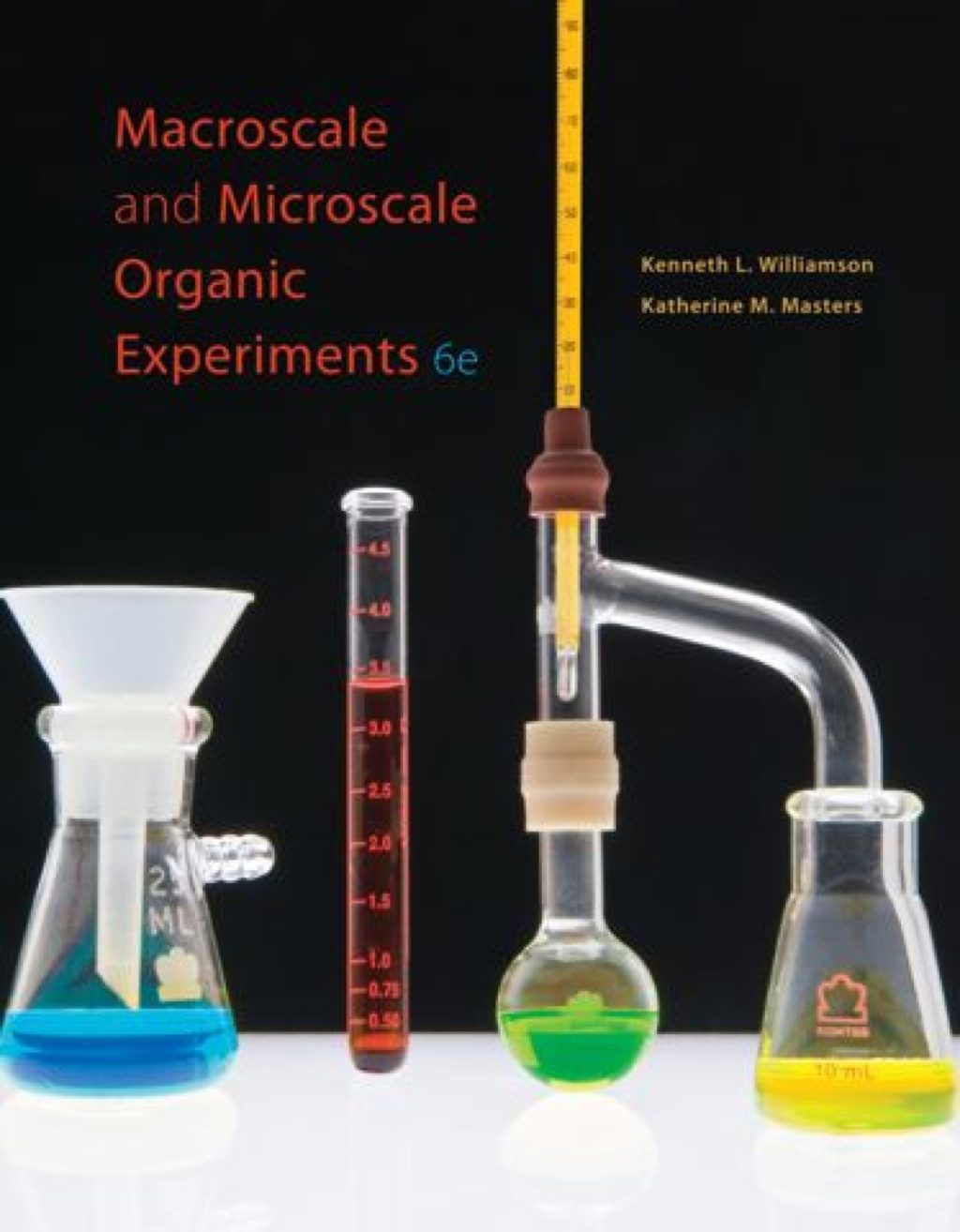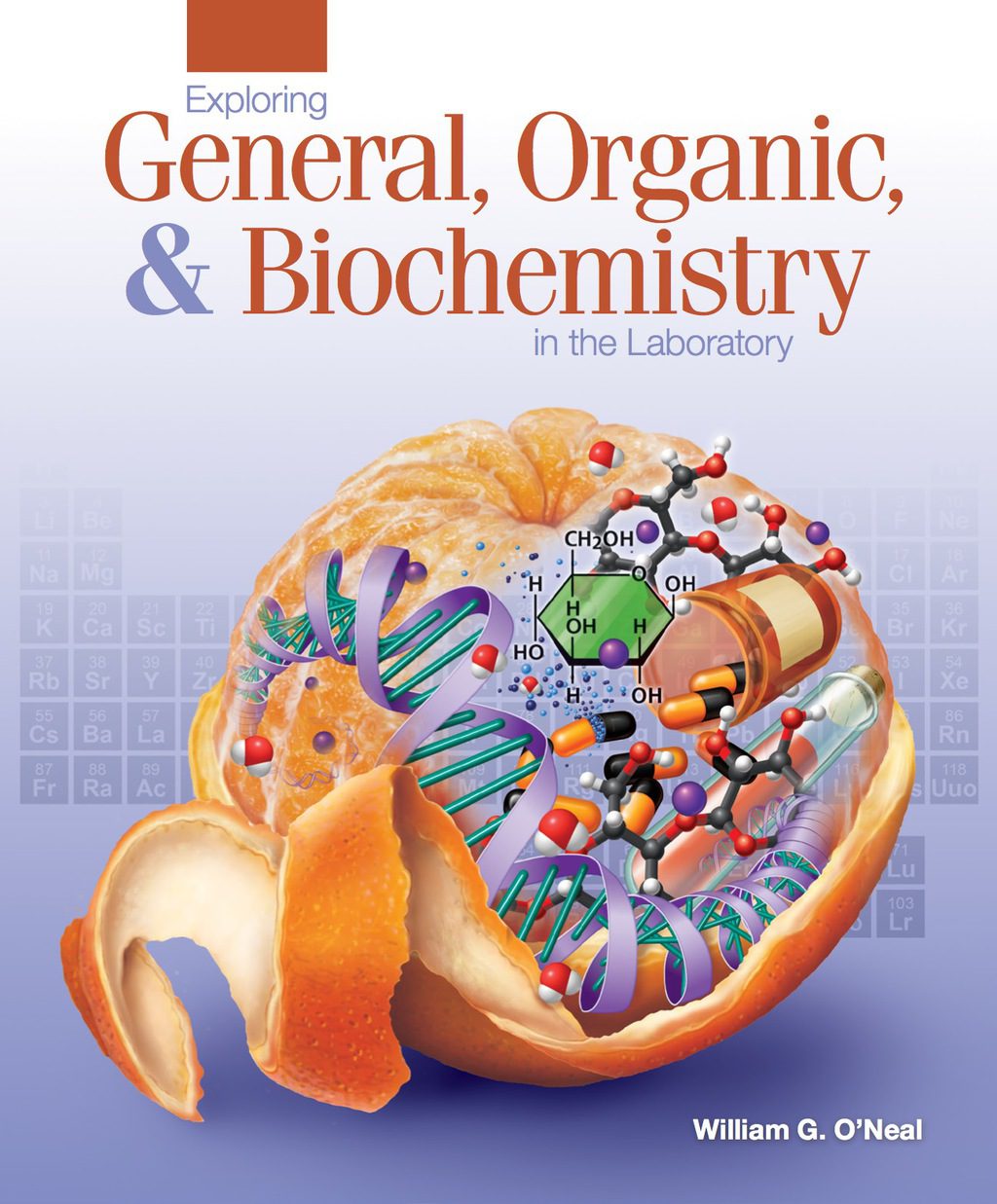Yoshikimi Uyama, Koichi Kato, Yoshito Ikada (auth.), H. Galina, Y. Ikada, K. Kato, R. Kitamaru, J. Lechowicz, Y. Uyama, C. Wu (eds.)
Most of the untreated surfaces of polymers used in industry are not hydrophilic but hydrophobic. It is, therefore, difficult to bond these nonpolar polymer sur faces directly to other substances like adhesives, printing inks, and paints because they generally consist of polar compounds. On the other hand, polymer surfaces generally adsorb proteins when brought into direct contact with a bio logical system, resulting in cell attachment or platelet aggregation. The protein adsorption and attachment of biological components trigger a subsequent series of mostly adverse biological reactions toward the polymeric materials. Therefore, the technologies for surface modification of polymers or regulation of the polymer surface interaction with other substances have been of prime importance in polymer applications from the advent of polymer industries. Some of the technologies have been directed to introduction of new function alities onto polymer surfaces. The new functionalities introduced include improved surface hydrophilicity, hydrophobicity, bio compatibility, conductivi ty, anti-fogging, anti-fouling, grazing, surface hardness, surface roughness, adhesion, lubrication, and antistatic property. Theoretically, there is a large dif ference in properties between the surface and the bulk of a material and only the outermost surface is enough to be taken into consideration when the sur face properties are concerned. However, this is not the case for polymer surfaces, as the physical structure of the outermost polymer surface is generally not fixed but continuously changing with time due to the microscopic Brownian motion of polymer segments. |
Table of contents :
Surface Modification of Polymers by Grafting….Pages 1-39
Phase Structure of Polyethylene and Other Crystalline Polymers by Solid-State 13 C NMR….Pages 41-102
Laser Light Scattering Characterization of Special Intractable Macromolecules in Solution….Pages 103-134
Mean-Field Kinetic Modeling of Polymerization: The Smoluchowski Coagulation Equation….Pages 135-172 |







Reviews
There are no reviews yet.